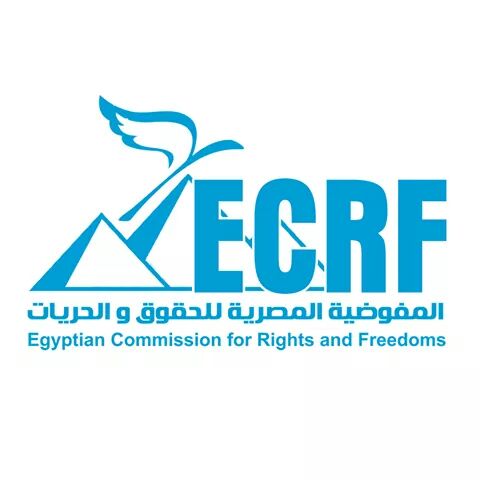August 15, 2014
Thursday August 14, 2014, which represents the first anniversary of Rab’a Al- Adaweya and Al- Nahda dispersal, witnessed several violent attacks against the protestors and journalists by police forces and some civilians. It also witnessed several violent attacks carried out by government opponents; those violent attacks resulted into at least 10 killings and the burning several governmental institutions.
The Egyptian Commission for Rights and Freedoms (ECRF) demands a impartial and independent investigation into all the related incidents of killing and burning different institutions; it also demands the security forces to adopt a proportional, gradual and adequate technique in dealing with riots. At the same time, it calls for the protection of all protestors who commit no crime but practice their right to peaceful assembly, besides protecting journalists covering such events.
On Thursday August 14, 2014, “Coalition of Supporting Legitimacy” called for vast demonstrations all over Egypt in order to commemorate the bloody dispersal of Rab’a Al- Adaweya and Al- Nahda, which can be classified as a crime against humanity that has not been investigated so far by different authorities and nobody was held to account, nor were attacks on churches before and after the dispersal.
In the Morning, violent attacks took place by first blocking several major and minor roads; afterwards, at noon several marches, which have been faced with lethal force, started to move in different places all over Egypt. In Al-Matareya, an underprivileged neighborhood in Cairo, 3 people were killed. The victims are Eman Ahmed, 17 years old, Mohammed Al-Shahat, an undergraduate, and another unknown where they were killed by live ammunition and shotgun ammunition.
In Nahya, only one person was killed; moreover, in Al- Mohandseen, 3 people were killed, one of them is Khairy Al- Shawadfy, 41 years old, 40 people got injured as a result of using force. In Al- Maadi, Islam Gamal, a 26-year old- male, was killed and 120 others were arrested. Also, ECRF documented five cases of arresting journalists during covering the previously mentioned events as well as 5 cases of attacks against journalists.
At 2 Pm, security forces wearing civilian clothes arrested several protestors gathering in front of Journalists’ syndicate headquarter after a protest organized by “Journalists against Coup”. Three newspapers reporters were amongst the detainees, one of them works for Freedom and Justice newspaper, another one works for The People newspaper, and the third one is a member at Journalists against Coup movements. According to the gathered data, the three of them are being held till the moment of writing.
Around 3 Pm, while covering the events, both Ahmed Abdulgawad, a photographer at Al-Shorouk newspaper, and Mahmoud Bakkar, a photographer at Masrawy, were stopped by civilians; consequently, their cameras were stolen, and they themselves were beaten severely and were handed to security forces which transported them to Dar Al- Salam police station and in the end they were released at 6 Pm.
Men in Al- Arab district, in Al- Matareya, assaulted three journalists while covering the Muslim Brotherhood marches in the district. The three journalists, Ahmed Saad, journalist at Al- Bawaba News, Ahmed Mahmoud, journalist at The Egypians, and Ahmed Hosni, a photographer at Al-Youm Al- Sabe’ newspaper, had cuts in the face and leg as a result of the attack.
Back to Al-Maadi, people there assaulted the journalist Azza Fadaly, who works for Egypt independent newspaper, while covering the marches in the area. Moreover, her laptop, camera, and cellphone were stolen. However, she managed in the end to only get her camera back. They also assaulted Mo’nes Hawwas, an editor in Al- Youm Al-Sabe’ newspaper, he was handed to police forces, and he was assaulted in the deporting car in spite of informing them of his job title. However, he was released in the end of the day when he reached Helwan police station.
Thursday witnessed several violent attacks in different and separate places all over Egypt; for instance, In Damietta, unknown protestors burned a police car in Bab Al- Haras district. In Suez, an armored vehicle was stolen. In Helwan, a public transportation bus was burned; In Ein Shams, the administrative building of Ain Shams neighborhood was burned as well as throwing stones on the Helwan neighbourhood building which led in the end to the destruction of the windows and air conditioners. Moreover, 6 police stations and 4 police cars were burned, other 8 private cars owned by police officers were destroyed, 4 governmental buildings were burned, 38 major roads were blocked and 4 public buses were burned.
.
.

